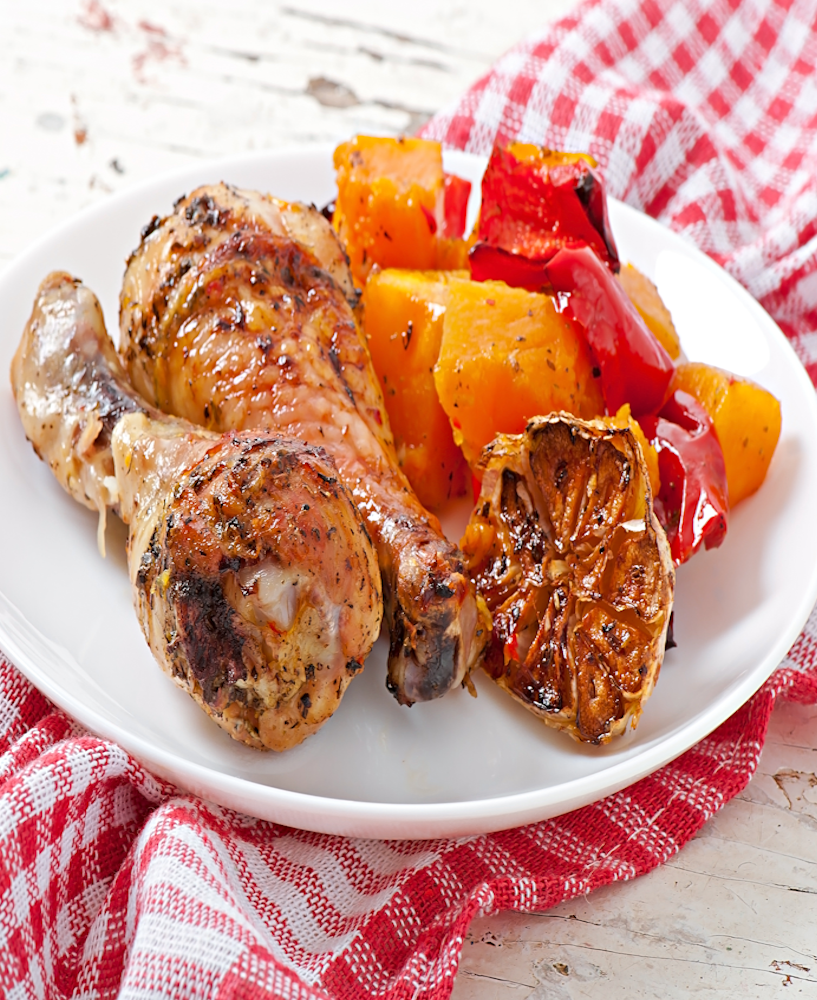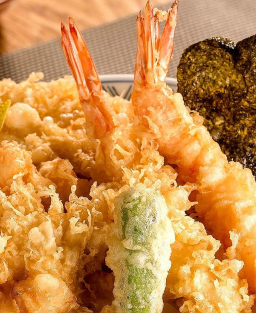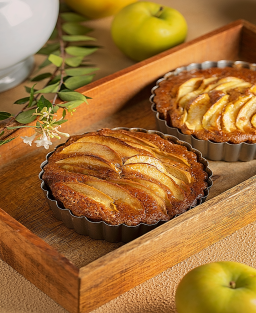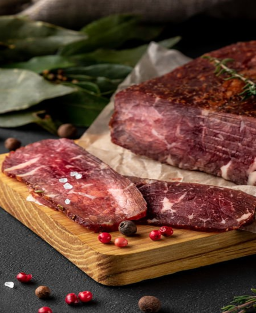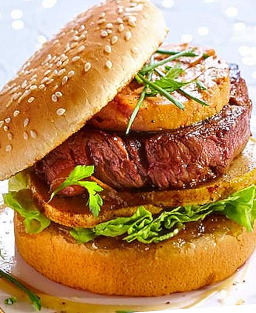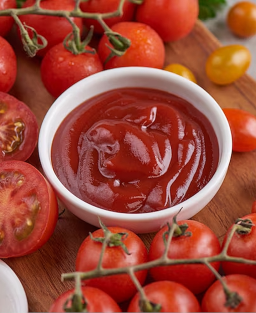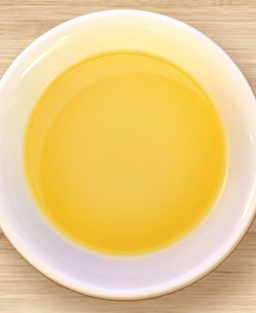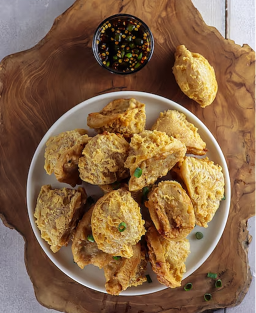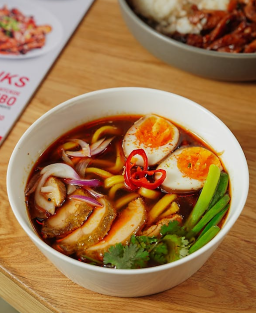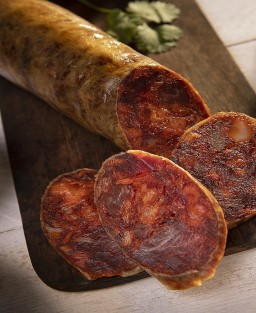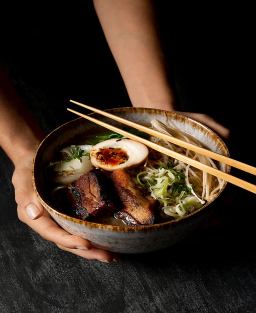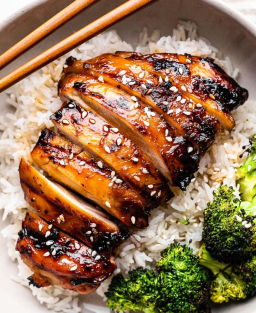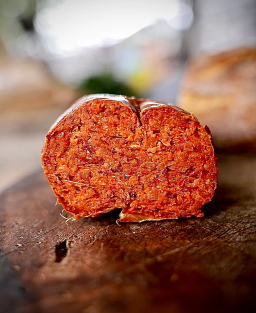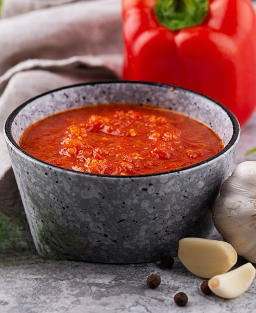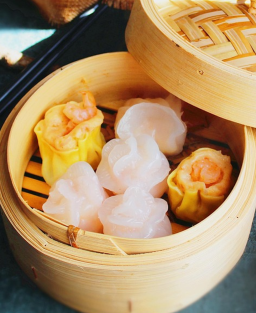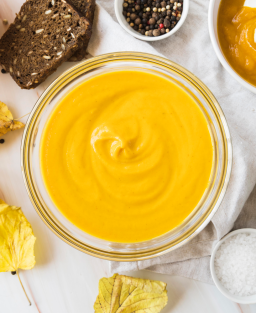- Out-of-Stock
Swahili Traditional Chicken Pilau – An Ancestral Spiced Rice Recipe, a Culinary Treasure of the East African Coast
Swahili Traditional Chicken Pilau – An Ancestral Spiced Rice Recipe, a Culinary Treasure of the East African Coast
Pilau ya Kienyeji ya Kuku – Traditional Recipe from East Africa
Swahili Traditional Chicken Pilau – Ancestral Recipe
A dish of memory, aromas, and community ties
This is an ancestral and traditional Swahili recipe for Chicken Pilau, a fragrant spiced rice with chicken that is emblematic of the peoples along the East African coast—from inland Kenya to Zanzibar and the Comoros Islands. This dish, prepared for centuries, reflects the rich cultural and culinary heritage of the Swahili people, shaped by African, Arab, Indian, Persian, and Bantu influences.
This pilau is far more than just a meal: it is a living heritage, a reminder of family celebrations, religious festivals, weddings, and communal gatherings. It is traditionally slow-cooked with patience in large clay or cast-iron pots over a wood fire, using only natural and local ingredients—just as it was made generations ago, with no bouillon cubes, refined oils, or modern tools.
Oral Tradition and Intuitive Cooking
In the past, recipes were not written down. They were passed down orally, from mother to daughter, from aunt to niece, through observation and repetition. The taste of spices, the heat of the fire, the sound of simmering rice—these were learned through the senses. It was instinctive, intuitive cooking in service of the community.
The Essence of Pilau: Simplicity and Depth
Pilau is built on a simple foundation: caramelized onions, local spices, rice, garlic, ginger, and free-range chicken. But its richness comes from the mastery of cooking time, the balance of whole spices, and the reverence for fire and patience.
Spices, often gathered or traded in coastal village markets, were dry-roasted and then hand-pounded in wooden mortars. Each family had its own unique spice blend and method. The chicken, free-ranging in the family yard, had a depth of flavor far beyond that of modern poultry.
The rice, typically local and unpolished, was carefully washed and slow-cooked so it could gradually absorb the aroma of the broth and chicken.
By sharing this recipe, we offer more than just a method of cooking: we offer a fragment of Swahili coastal history, an echo of a world where food was an act of connection, memory, and tradition.
Traditional Swahili Chicken Pilau Recipe
Ingredients (serves 4–6):
-
1 whole free-range chicken, cut into pieces
-
2 cups of rice (local or white rice)
-
2 large red onions, finely sliced
-
4 cloves of garlic, crushed
-
1 small piece of fresh ginger, grated
-
2–3 whole cloves
-
1 stick of cinnamon
-
5–6 green cardamom pods, slightly crushed
-
1 tsp black peppercorns
-
1 tsp cumin seeds
-
1 tsp coriander seeds
-
1 bay leaf
-
3 to 4 tbsp animal fat (or artisanal coconut oil)
-
Sea salt to taste
-
Approx. 5 cups hot water
Preparation
Prepare the spices:
Dry-roast the cumin, coriander, peppercorns, cardamom, cloves, and cinnamon stick over low heat for 2–3 minutes in a pan.
Crush them coarsely using a mortar and pestle.
Sauté the chicken:
Heat the animal fat or coconut oil in a large pot.
Add the sliced onions and sauté until golden brown.
Add the garlic and ginger, then stir in the ground spices to release their aroma.
Add the chicken pieces, season with salt, and brown them on all sides (about 10 minutes).
Simmer the chicken:
Add about 2 cups of water and the bay leaf.
Cover and let simmer gently for 30–40 minutes, until the chicken is tender.
Cook the rice:
Rinse the rice several times in clear water.
Add it to the pot with the chicken.
Pour in 3 cups of hot water and gently stir to distribute the rice.
Cover and cook on low heat until all the water is absorbed (about 20–25 minutes). Avoid stirring too much.
Serve hot, optionally accompanied by kachumbari (tomato-onion salad) and cooked plantains.
Classic Side Dishes for Swahili Chicken Pilau
Kachumbari
A fresh salad made from tomatoes, red onions, fresh chili (optional), lime juice, fresh coriander, salt, and pepper. A refreshing, tangy contrast to the richness of pilau.
Fried or Steamed Plantains
Ripe plantains, sliced and fried in coconut oil or steamed, bring a subtle sweetness that balances the spices.
Achard (or Achar)
A pickled and fermented vegetable condiment often made from carrots, cabbage, lime, and chili—popular in the Comoros and sometimes Zanzibar. It adds a tangy, spicy kick.
Sautéed or Steamed Vegetables
Local vegetables like green beans, African spinach (saka-saka), or okra, simply cooked, make perfect companions.
Plain Yogurt or Curd
A cooling accompaniment that soothes the spice and complements the warmth of the dish.
Regional Variations
Zanzibar
Sometimes includes artisanal coconut milk for a richer, creamier taste.
Spices are often more generously used, and fresh chili may be added.
Lamu (Kenya)
Pilau may be made with beef or lamb instead of chicken.
Cooking is done slowly in a suspended pot over the fire.
Comoros
Coconut oil is preferred over animal fat.
Pilau is often served with local achard, a fermented vegetable condiment.
Anecdotes and Traditions
-
Pilau is traditionally prepared by women, often in large quantities for ceremonies.
-
Meals are shared on the floor, seated in a circle, using hands to eat—a symbol of unity and humility.
-
In some villages, each spice holds symbolic meaning: cinnamon for longevity, clove for protection, cardamom for joy.
Ancestral Chicken Pilau is more than just a dish. It’s a gateway into a vibrant culture, a way to reconnect with the roots and flavors of the East African coast. Preparing this pilau is an act of remembrance, a tribute to those who handed down this know-how, and a celebration of the richness of Swahili tradition.











